The ebb and flow of Rome's natural world is documented in an exhibition at the city's Zoology Museum.
When a family of wolves was filmed on the green fringes of Rome last September – signifying a return to the capital after more than a century – it made headlines around the world. The wolves were recorded by hidden cameras at Castel di Guido, a nature reserve managed by the Italian league for bird protection (LIPU), not far from Fiumicino airport and the former Malagrotta dump.
In recent weeks LIPU revealed that the wolf family includes five cubs, one of which is disabled, dragging its hind legs, probably the result of a trauma or degenerative disease. LIPU officials are currently working to ensure the wellbeing of the wolves, a protected species in Italy since 1971, including trying to keep stray dogs at bay to avoid the birth of hybrids.
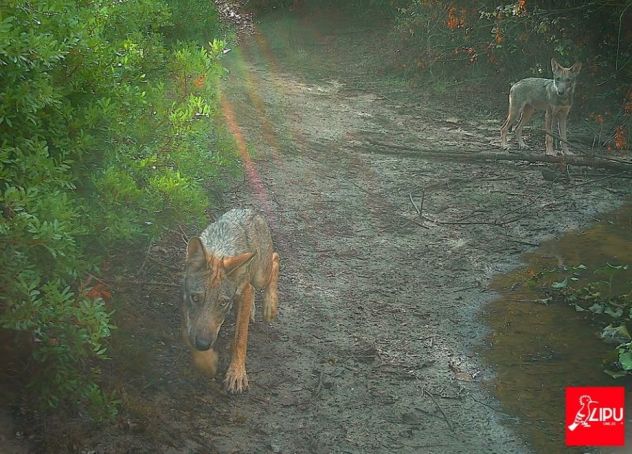
In December, just when Romans were getting over the wolf news, a video surfaced online of a family of wild boar, or cinghiali, pottering around the streets of Trastevere, a stone's throw from Tiber Island. The early morning amble of the boars – comprising hog, sow and six jolly piglets – was among the most brazen daylight incursions of the city centre by wild animals in modern times. Another popular recent video features a Roman motorist racing a wild boar – complete with excited but unprintable commentary – up Via Baldo degli Ubaldi near the Vatican.
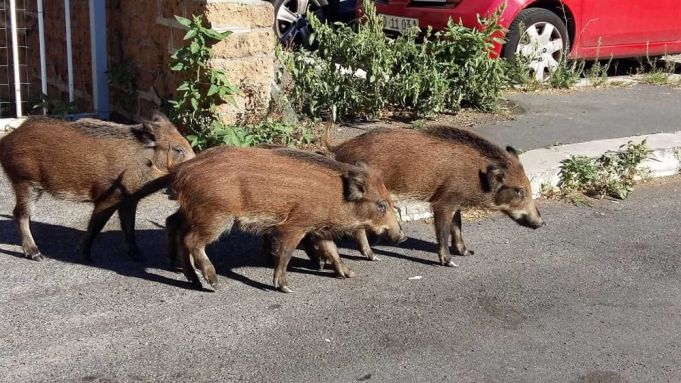
Rome is also experiencing increasing difficulty with visitors from the skies, such as seagulls and starlings, while its problem with rats is as old as the city itself, despite the capital's environment councillor Pinuccia Montanari’s claim never to have seen one.
But why this bold behavioural change in wild animals and birds “muscling in” on our city? The principal answer involves easy access to discarded food, available to take away or eat directly from bin-bags, pecked open helpfully by gulls and crows. Other factors enticing animals into the city include a warmer urban climate and, in many cases, a lack of natural predators.
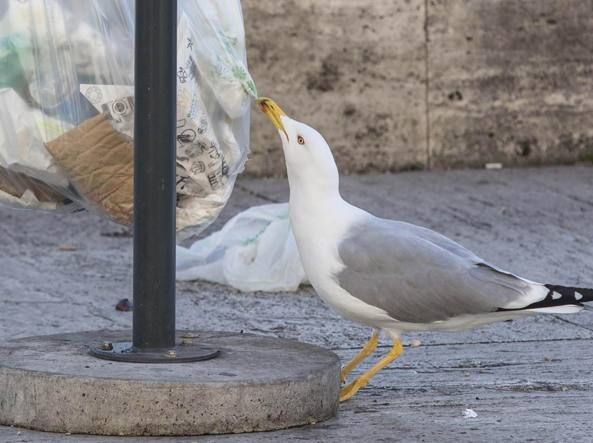
A current exhibition at Rome's Zoology Museum showcases the evolution of the city’s ecosystem based on the important studies undertaken at the museum. Parks and ancient ruins provide a new, alternative habitat for wild animals and birds whose urbanisation is happening before our eyes. Within Rome's green belt there are 1,300 wild plant species, 5,200 types of insects, 16 varieties of reptile, 140 different birds and 33 species of mammal.
Under the shadow of a whale skeleton suspended from the ceiling, the exhibition Diverso per Natura charts how these creatures have adapted to a city environment, how they live, how they interact with humans, even how they die.
Newly stuffed by the resident taxidermist, the deceased animals “acquire an extraordinary value – a second life,” the museum's director Bruno Cignini told Wanted in Rome. The exhibit at the Museo Civico di Zoologia di Roma is also designed to educate visitors on the precarious balance between mankind and the natural world.
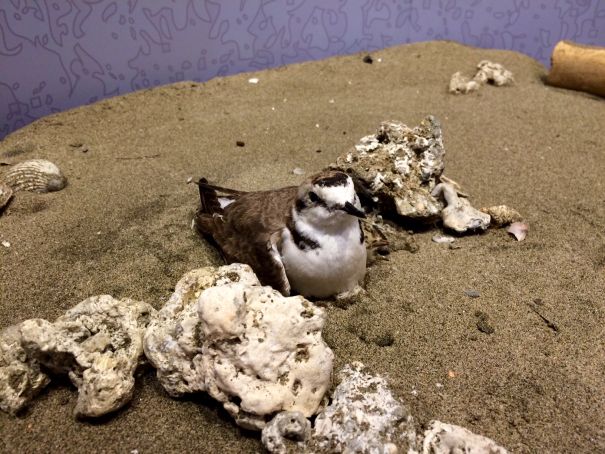
One example given is the fragile habitat of the sandpiper, or fratino, a tiny wading bird which makes its nest in open ground on the sea shore. However its summer breeding season means that it faces significant risks on beaches popular with humans. The exhibition features a mother sandpiper, her minuscule chick nestled under her wing, huddled low over the sands at Torre Flavia, a coastal area north-west of Rome. Cignini suggests that the sight of the mother bird minding her baby might make people think twice about leaving rubbish behind them or be more aware when setting up camp on remote shores. This, he says, is part of the “seconda vita” effect of the exhibited creatures.
Extinct
Another thought-provoking aspect of the show involves the animals that once thrived in the greater Rome area but are now extinct. One such case is that of the otter, or lontra, which lived along the Tiber until a century ago, when it died out due to pollution and human activity.
However the 1950s saw the arrival of the nutria, a destructive beaver-like rodent released in large numbers following the sudden fall-off in demand for its fur. The herbivorous animals are now a familiar sight on the Tiber's banks.
Cignini explains that certain species adapt to new environments far quicker than others. The most wily of these is the fox, or volpe, which he says is “living all over Rome, even in the historic centre.” Cignini says that he recently received a phone call from Trajan's Markets, a museum at the foot of Via Nazionale, seeking advice about how to liberate a visiting fox. From a geographical perspective, Cignini points out that animals such as the fox have more or less an uninterrupted green coridoor running from the city's southern Parco dell'Appia Antica, near Ciampino airport, all the way to the Colosseum.

The zoology museum's taxidermist Maurizio Gattabria is pictured retrieving a dead fox, knocked down by a motorist on nearby Valle Giulia. Freshly stuffed, the unfortunate beast is now a playful fellow climbing a grapevine. Gattabria says that each animal received by the museum is given a “carta d'identità”, outlining as much information as possible, before being stored for future analysis.
Protected species
In times past, Gattabria says, the birds and animals would be presented proudly by gunmen but today, in the era of protected species, the deceased arrivals die from natural causes. One exception to this is a crane, or gru, retrieved after being shot by a poacher in Lido dei Pini south of Rome in 2010, while it was migrating to north Africa. Poignantly, the bullet used to bring down this magnificent bird is included at its feet.
Cignini is an authority on the city's starlings and was pivotal in the recent campaign to move the birds away from the centre, where their vast quantities of oily guano were causing havoc for pedestrians and motorists. The technique adopted was an artificial distress call which saw the birds flock to the sprawling Verano cemetery whose residents are incapable of complaints. As for the reason behind the birds' aerial ballets over the capital, Cignini says: “Look closer the next time: one of the thousands of silhouettes will be much larger than the others – an attacking hawk – which picks off the most vulnerable birds unable to keep the pace.”
Good news
In Rome this larger dot among the starlings could be a peregrine falcon whose Italian population was almost wiped out in the 1970s thanks to DDT, a pesticide banned in Italy in 1978. The poison caused eggshell thinning, resulting in the mother peregrines breaking the eggs in their nests. However after decades of despair comes good news. A pair of peregrines, Aria and Vento, has been breeding for years on the roof of Rome's Sapienza University in the S. Lorenzo district, and visitors to the exhibition can monitor the birds via a webcam. Today there are up to 20 nesting couples in Rome, some of them living among the ruins at the Baths of Caracalla.
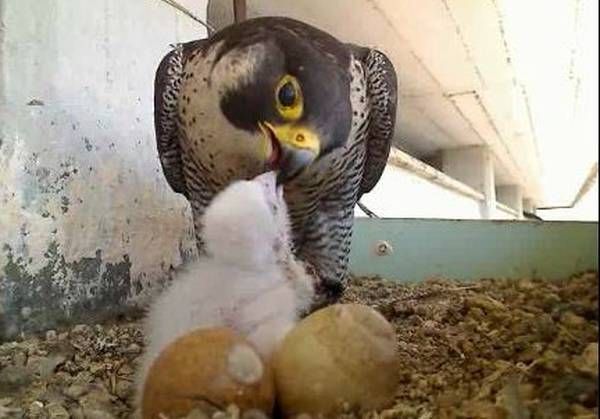
Perhaps the most notorious bird to make its home in the Eternal City is the herring gull, present since 1971 when a female bird, found injured on the Tuscan island of Giannutri, was entrusted to Fulco Pratesi, founder of the Italian branch of the World Wildlife Fund. Pratesi nursed the bird back to health at the Bioparco, located next to the zoology museum. One thing led to another and today Rome's gulls number an estimated 10,000.
Easy pickings
For the first few decades the gulls kept themselves to themselves, roosting on the highest Roman rooftops and flocking by day to the city's Malagrotta rubbish dump, until its closure in 2013. The birds have since discovered the easy pickings on the capital's streets where they maintain an increasingly audacious presence.
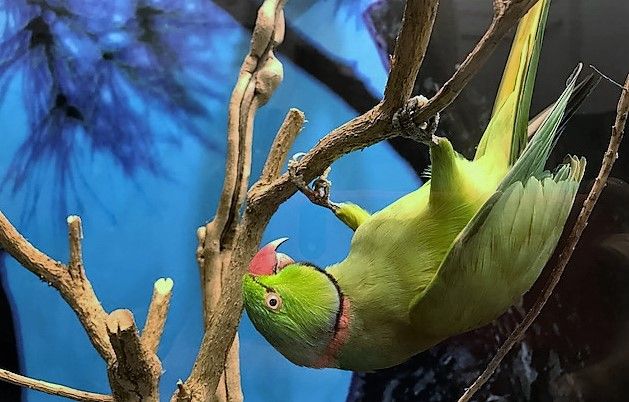
Other relative newcomers include the bright green parakeets which occupy Rome's leafy areas following their release from captivity in the 1970s and 1980s, in areas such as Caffarella. The city has two distinct species: the rose-ringed parakeet, a tropical Afro-Asian bird with red beak that takes over the tree-hole homes of Rome's woodpeckers, and the monk parakeet, a less flashy and more discreet South American variety that builds communal wicker-like nests.
Mysterious but rarely seen, the city's five owl species provide us with a vital rodent-control service. All five specimens are on display including the ethereal barn owl which – if you are lucky enough – you might glimpse swooping under the moon at Villa Pamphilj.
By Andy Devane
Diverso per Natura runs until 15 January 2019 at Museo Civico di Zoologia di Roma, Via Ulisse Aldrovandi 18, tel. 0667109270, www.museodizoologia.it. Tues-Sun 09.00-19.00.
This article was published in the February 2018 edition of Wanted in Rome magazine.
General Info
View on Map
Rome's wild animals
Via Ulisse Aldrovandi, 18, 00197 Roma RM, Italy
















